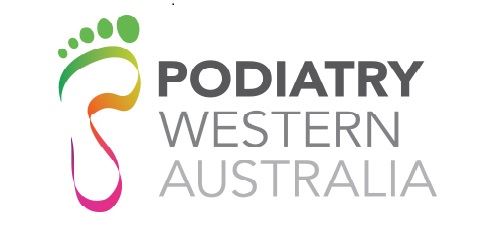Ageing feet
We all grow older and as we do, our feet naturally change, after all they have carried us around for many years! There are a number of issues that affect our feet as we get older, including:
- Thick toenails
- Ingrown toenails
- Corns and callus
- Orthotics
Thick Toenails
Toenails can grow thicker as we age, leading to abnormal thickening of the toe nail. It is common to experience this as you get older.
CAUSES
Thickened toenails usually occur as a result of an injury to the toe nail bed, such as dropping a heavy object on your toe. They can also result from fungal infections. They may just occur naturally as the toes age with our bodies.
TREATMENT
They are easily treated and can be painlessly thinned down by a podiatrist, however it often requires ongoing care.
Ingrown Toenails
Ingrown toenails are one of the most common complaints that podiatrists are asked to treat in all ages. It can be very painful condition and because of fear of surgery many people put off seeking treatment until the nail has deteriorated to a chronic state. Many ingrown toe nails can be treated without the need for surgery, although conservative measures may mean that you have to visit a podiatrist at regular intervals. If surgery is required, it is very likely that it can be done without the need for admission to hospital. Many ingrown nails can be treated surgically in a podiatrist’s rooms with the procedure taking an hour or less.
CAUSES
Ingrown toenails are cuased when the nail is cut too close to the nail bed along the side of the nail or where the toebox of the shoes pushes the toenails inwards. This causes the toenail to grow into the toe itself, causing redness, swelling and pain. Poor toenail cutting techniques (where the toenail is cut down the side) can cause a nail spur to grow sideways into the toe, causing an ingrown toenail.
TREATMENT
The procedure carried out by podiatrists is to remove the ingrown part of the nail under a local anaesthetic. To stop the offending part from regrowing, a chemical is applied to the tissue from which the nail grows. This method leaves no scar on the skin and leaves most of the nail in place resulting in a good cosmetic appearance. Healing is slightly slower by this method, but there is usually less post-operative pain than with other procedures.
If you have pain in your toe nails see your podiatrist, the treatment may not be as bad as you might imagine.
Corns and Callus
The skin is able to protect itself from pressure by growing more quickly, forming a thick outer layer. Sometimes the pressure is too high and the outer layer of skin becomes so thick that it acts like a foreign body on the skin. This is a callus.
A focus of pressure within the callus can occur causing a hard plug of skin to form and this is a corn.
CAUSES
Corns and calluses are the body’s protective mechanism gone wrong. Because corns and callus form on the dead outer layer of the skin there is no “root”.
TREATMENT
A podiatrist will treat corns and calluses by debriding or paring the callus and removing the centre of the corn. Pads are often used to reduce the friction and pressure of the corn. The podiatrist will also discuss the type of footwear most likely to cause corns or calluses and in some extreme cases prescribe orthotics to reduce excessive weight bearing forces on the foot. The podiatrist will finally devise a treatment plan that will include the following:
- Recommend regular treatment
- Suggest a softening cream
- Advise on self care
- Give footwear advice or prescribe special footwear
- Provide padding devices to take the pressure off the painful area
- Analyse the pattern of walking and prescribe functional orthoses to help correct it.
- Refer for a surgical remedy
Orthoses (Orthotic devices)
Orthotic devices can be used to maintain proper foot support. They are made of plastic and must be regularly checked (at least once every three years) to ensure they are still doing the job they were designed and fitted to do. Orthoses help to realign the foot and distribute body weight evenly. They can be used for all for a variety of problems including pain, poor stability and gross motor problems. These devices are not simple arch supports and need to be custom-made for each individual.
The Podiatrist, after assessing your foot function may recommend orthoses or insoles to help relieve foot pain and discomfort.
